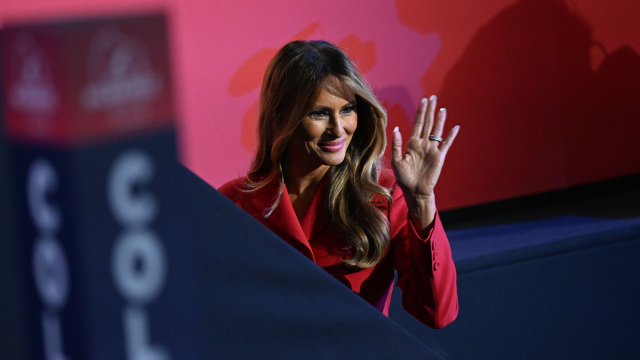
“The magazine industry is in mourning,” said The New Statesman. Condé Nast announced earlier this month it would be folding Teen Vogue into its flagship Vogue magazine to “provide a more unified reader experience across titles”.
At first glance, this appears like just “another casualty of a fragile market”. But it’s a decision that also marks a significant “ideological turning point”. For the last nine years, Teen Vogue has paved the way for a “new approach to women’s media” that deliberately incorporates progressive politics into its editorial coverage, alongside fashion and lifestyle articles. “Now it has been essentially shut down.”
Fall from grace
Teen Vogue’s shift to the left can be traced back to shortly after the 2016 US presidential election, when it published an article that “set the internet ablaze”, said The Guardian. The piece was headlined “Donald Trump Is Gaslighting America”.
From then on, the magazine intensified its political coverage, becoming “an unlikely hearth for progressive, even radical, feminism within the manicured offices of its publisher”. Now, almost a decade since undergoing this transformation, “Trump is once again in the White House, and Teen Vogue as it was once known is gone”.
Its closure comes at a time of deepening “turbulence for journalism, particularly of the progressive variety”. Many of the trailblazing feminist blogs “now lay dead or dying”, while youth-focused websites like Vice and Vox have “shed jobs at astonishing rates”. These outlets often shone a light on the marginalised groups who have “fallen under the glare of the Trump administration’s microscope”.
Enter the ‘womanosphere’
Over the same period, there has been an increase in the number of conservative women’s media outlets. The Conservateur, for example, launched in 2020 with articles “heralding Melania Trump’s style” alongside “essays on the virtues of marrying powerful men”, said The New Statesman. And Evie Magazine, which has amassed a quarter of a million Instagram followers, is “rife” with anti-contraception stories and “tips for becoming the perfect housewife”.
Across the pond, despite not feeling quite as “glossy and seductive” as the US titles, sites like The Conservative Woman are thriving, with its aim of challenging the “virtue-signalling, intolerant and self-interested elites”. Existing within the broader online “womanosphere”, these publications “frame regressive feminine ideals as a corrective to ‘wokeness’ and the ‘radical left’”.
The unravelling of Teen Vogue has been met with reactions “predictably split along political lines”, said The Free Press. On the right there has been much “celebration”, together with the “occasional cheeky suggestion” that Melania Trump, who Teen Vogue often mocked for her outfits, put the magazine on a “hit list”. The “other side” has expressed “outrage” at the decision to close Teen Vogue at exactly the time its staff claim it is most needed.
In reality, Teen Vogue was “being written by and for millennials”, convinced they were giving a “new, politically obsessed generation the content they craved”. But it turned out “conspicuous wokeness” was the “exclusive passion” of the publication’s “ageing millennial writers and readers”, while the teens it claimed to represent had “long been getting their news from TikTok”. That the magazine would “fade into oblivion at the same time as its millennial fan base slouched out of their 20s” is “not only unsurprising, it was inevitable”.
As anti-feminist women’s magazines thrive, progressive titles are left out in the cold






